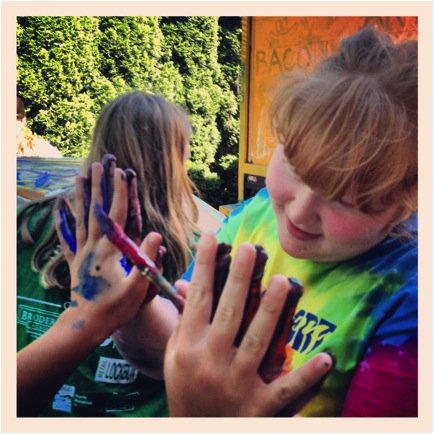
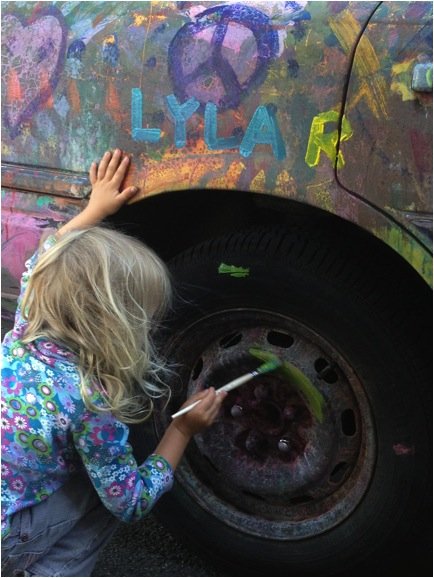
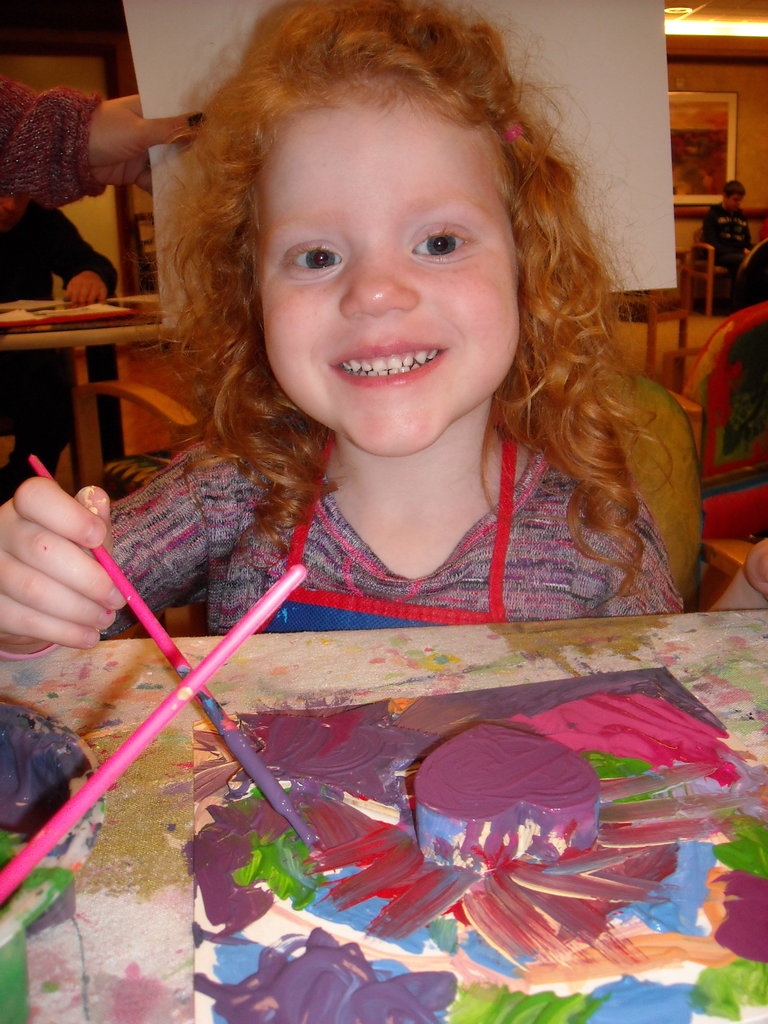
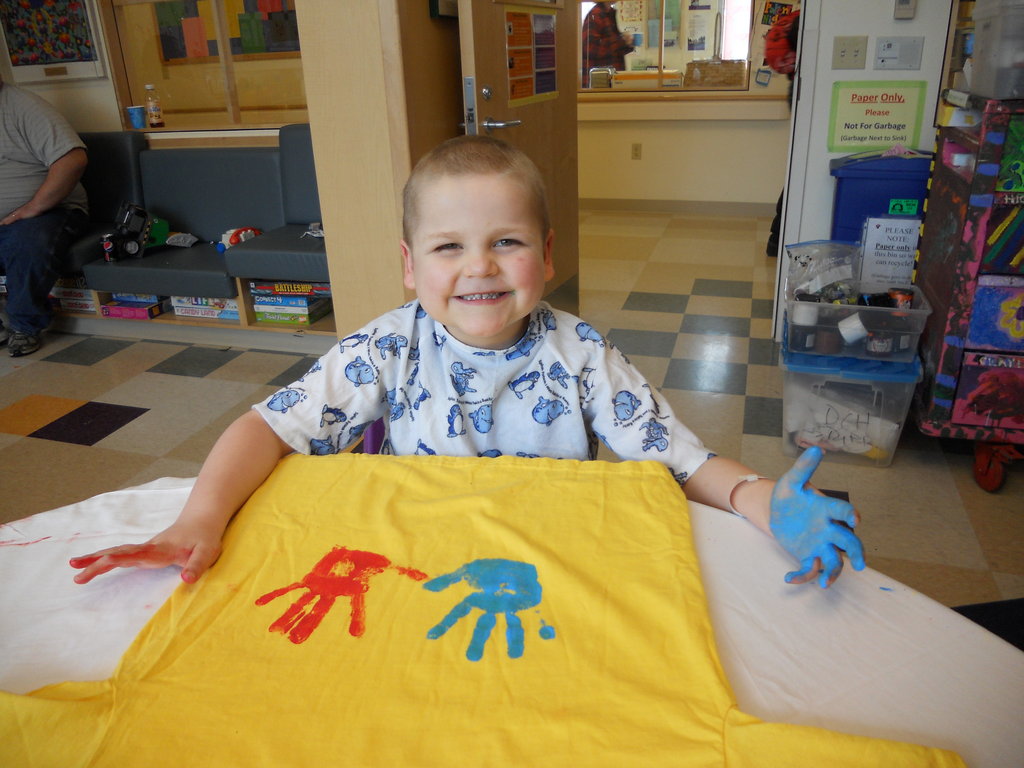
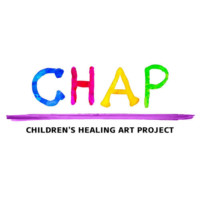
Children's Healing Art Project (CHAP) brings the healing power of art to children and families facing medical challenges. Our mobile team of teaching artists work in local hospitals, clinics and community art spaces. Research demonstrates the importance of art in the healing process: It helps patients and family members cope, encourages compliance with treatment plans, increases self-confidence, encourages self-expression, reduces stress, pain, isolation and anxiety and promotes quality of life.




Each of GlobalGiving’s nonprofit partners is required to send quarterly donor reports detailing the impact of their work. Here are some of their recent updates:
By Barb McDowell | Executive Director
Fourteen-year-old Maceo has a sweet and thoughtful personality - a young man of few words, but boundless imagination. Long before Maceo’s hospital journey, he and his parents Grace and Opie... Read the full report ›By Barb McDowell | Executive Director
Art heals...and this young artist knows that well. While recently in the hospital, Model Magic clay was the choice for the day for making a colorful, creative gnome! Each year, thousands of children... Read the full report ›By Sharon Jaye Perrins | Lead Hospital Art Teacher
Put a little clay in front of a child and see what happens. That’s what CHAP art teachers Maxine and Carolyn do so frequently and they are dazzled every single time. Lucca (age 3) came to the... Read the full report ›